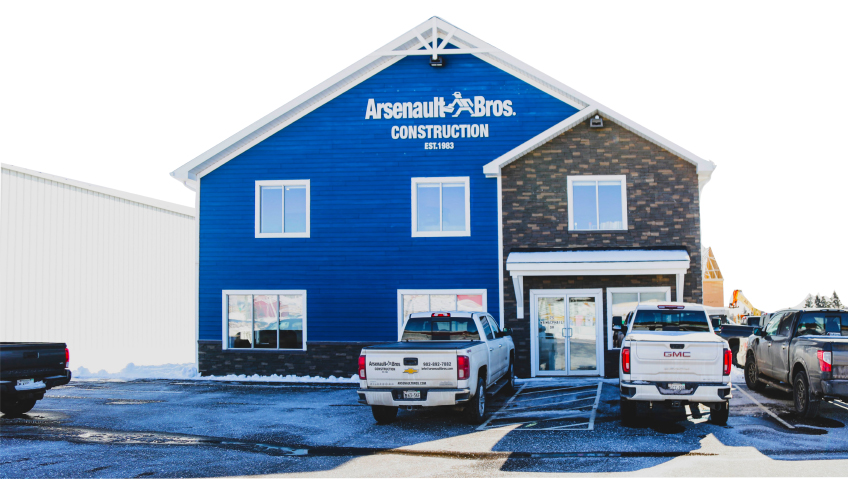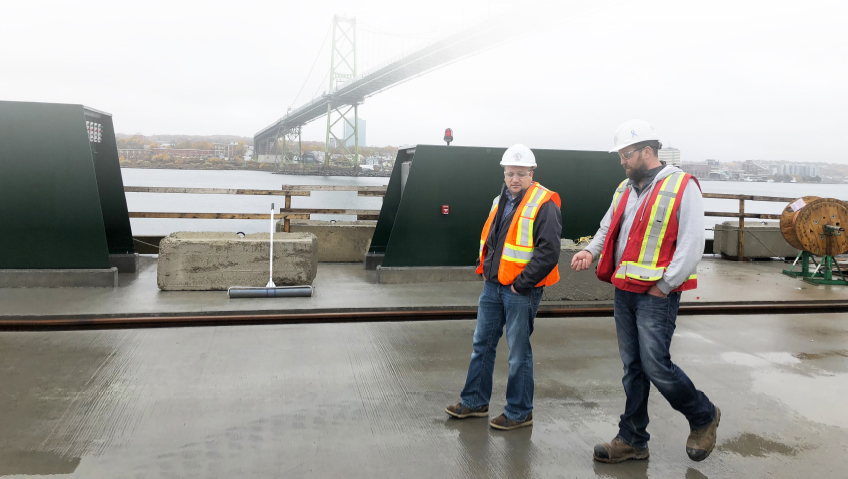Often, when the conversation starts about how to attract more women to the workforce, it trends toward eliminating glass ceilings, how to increase the numbers of C-suite executives or adding female board members.
In reality, those positions are few and far between, and still fewer qualify or even aspire to these career paths.
So why limit women to boardroom jobs when there is a dearth of qualified workers in so many skilled trade positions? As many as 80 percent of U.S. construction companies are reporting work shortages, with estimates of over 250,000 job openings industry-wide, according to a 2019 survey by the Associated General Contractors of America (AGC). And 45 percent say the local pipeline for preparing well-trained and skilled workers is poor.
Construction firms, like businesses across the board, are raising base pay rates and offering signing incentives to draw workers.
“Workforce shortages remain one of the single most significant threats to the construction industry,” says AGC’s Stephen Sandherr, CEO. “However, construction labour shortages are a challenge that can be fixed, and this association will continue to do everything in its power to make sure that happens.”
AGC is lobbying the federal government to increase funding for technical education, allow construction students at career and community colleges to qualify for federal grants, and make it easier for firms to establish apprenticeship and retraining programs. AGC is also advocating for more immigrants to enter the country to work in the trades.
But why aren’t women in America powering the industry?
According to the U.S. Bureau of Labor Statistics, women make up half of the U.S. workforce – 50.04 percent – but comprise only about 10 percent of the construction labour force. This reality means that construction has limited access not only to the general labour pool but also the overall capacity for workplace innovation, creativity and strategic thinking.
And that female 10 percent of the construction workforce jobs tend to be in design or administrative roles with only a fraction of women working in skilled trades – about 1 percent.
A career in construction isn’t what women typically aspire to, but maybe it should be. There is a massive labour shortage in the industry, and construction trade apprenticeship programs often involve working and getting paid while learning – there’s a lot of appeal right there.
We are in a time of reinvention as the COVID-19 pandemic has changed the ways people work or are willing to work. Similarly, people are questioning the need to enrol in a multi-year college program to have career successes. Why not enter a two-year apprenticeship and start working and earning right away?
Some of the reluctance to enter skilled trades may be influenced by the lack of visible female leadership in the industry, which gives the general impression that construction career opportunities for women are restricted and just not accessible. Also, women are slow to take on jobs that have typically been the domain of men, like jobs with an earned tradition of hard and temporary labour, but even this is changing. Today, construction isn’t just about shovelling or hammering. It is an industry of innovation and technology as robot bricklaying machines and self-driving excavators, for example, are being introduced to overcome labour shortages and improve efficiencies. New tools also optimize workers’ efforts and make physicality less and less important.
Then consider the focus on STEM – science, technology, engineering and math – in the high school curriculum and vocational learning experiences that appeal to women and the next generation of workers. Technology is second nature to Gen Z and Generation Alpha.
There is also a growing acknowledgement that the construction trades need to evolve to recruit the talent and the unique skills needed to remain competitive both in terms of efficiency and attracting labour.
Similarly, the “bro-code” culture of workplace sacrifice for a paycheque seems to be waning. Men are no longer interested in giving up their health, families and marriages to earn a living, and recognize that supporting women in the workforce brings important and positive changes. Nowadays, men are just as likely as women to be involved in child raising or caring for elderly parents. They, too, value jobs that provide the time and flexibility to tend to these personal matters and look after their own health.
Women also contribute important soft skills to the industry that are a huge asset.
“When people think of construction, they think of hands-on building, but there is also a lot of problem solving and relationship building involved,” Jessica Adame told Construction Business Owner magazine. She’s the national outreach manager of McCarthy Building Company, drawing women to build a more egalitarian workforce.
“Women have the ability to approach problems with great communication and bring a bunch of ideas together,” she says.
These changes are making construction work better, easier and more efficient, and at the same time opening doors for more people to contribute. While the reliance on brawn was a major hurdle in the past, now women, including many once stay-at-home-moms, are looking for new opportunities.
Construction and well-paid skilled labour jobs are getting more attractive as technology creates more opportunities and workplace flexibility.
Flexible work, of course, is better for everybody. Construction used to mean being at the job site at dawn and sometimes working until dusk. Now workers can reduce their number of hours on site and get home in time for their kids’ recitals or soccer games. Some work can even be accomplished remotely, and this allows for workers to stay home with a sick child or help an aging relative.
Even with these transformative changes, there’s more to be done to attract women into construction and trades.
Role models, mentors and access to educational opportunities early in life can help break down stereotypes and other biases, ultimately increasing the numbers of women considering trade career opportunities. In construction, women often gravitate to jobs in human resources, marketing, safety inspection or administrative duties, but even more possibilities abound for those interested in the frontline positions such as welding and carpentry.
Progressive companies are also helping to break down the barriers by initiating internships and apprenticeships specifically targeted to recruiting women. The programs are devised to help women access industry skills and simultaneously fulfill educational requirements. For women looking for more career advancement opportunities, management positions are also becoming more available in the construction industry.
And women entrepreneurs are making inroads.
Between 2014 and 2019, BigRentz, a leading heavy equipment rental provider, noted significant growth of women-owned business. During that five-year span, the company saw a 64 percent increase in women-led construction businesses and further noted that 44 percent of the top contracting companies BigRentz served had women in executive management roles. One high-profile example? Evergreen Construction founder and former “Real Housewives of New York” star, Barbara Kavovit, led the team that demolished and overhauled one of the offices of disgraced movie producer Harvey Weinstein last year.
Yes, women can be game-changers. Diversity ultimately benefits both employers and employees, putting an end to biases and stereotyping in an industry that is foundational to North America’s economy.
“Through widening the talent pool, you simultaneously open your business up to individuals who can contribute toward your overall level of profitability,” says Dee Brown, a Forbes Council contributor and national policy advisor on partnerships and urban redevelopment for the National Bar Association. “Research has shown that businesses that leverage the innovation that can come from a diverse workplace perform better financially.”
Bottom line, expanding your recruitment pool and welcoming women to your operations will not only help solve the workforce shortages in the wake of the pandemic. It could usher in long-term, positive benefits that you might not have anticipated.






